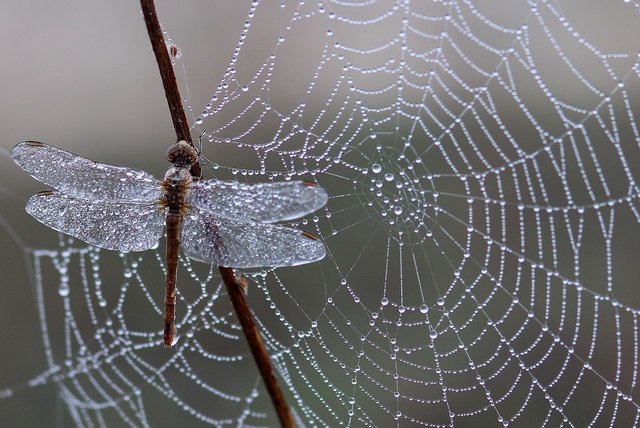

User
10 things you should know about spiders
Certainly! Here are ten things you should know about spiders:
Spider Classification: Spiders belong to the class Arachnida and the order Araneae. There are around 48,000 known species of spiders worldwide.
Body Structure: Spiders have two main body parts: the cephalothorax (a fused head and thorax) and the abdomen. They have eight legs and multiple pairs of eyes, which can vary in number depending on the species.
Silk Production: Spiders are known for their ability to produce silk. They have specialized silk glands in their abdomen, which they use to spin webs for capturing prey, creating shelters, or producing egg sacs.
Venomous Nature: Most spiders are venomous, but the vast majority of species are not harmful to humans. Only a few species, such as the black widow or brown recluse, have venom that can cause significant health issues. Spiders use venom primarily to immobilize or kill their prey.
Ecological Importance: Spiders play a crucial role in ecosystems as natural pest controllers. They feed on insects, helping to regulate their populations. By keeping insect numbers in check, spiders contribute to maintaining a balanced ecosystem.
Unique Hunting Strategies: While many spiders build intricate webs to capture prey, not all spiders rely on webs for hunting. Some species are active hunters and use their agility and keen senses to catch their prey directly.
Courtship and Reproduction: Spider courtship rituals can be quite fascinating. Male spiders often perform intricate dances or create vibrations on the female's web to signal their intentions. After mating, females may lay hundreds or even thousands of eggs, which are typically stored in silk egg sacs.
Maternal Care: Some spider species exhibit remarkable maternal care. The female may guard her egg sac, carry it with her, or even provide protection for spiderlings until they can fend for themselves. In some cases, the female becomes a food source for her offspring.
Lifespan and Molting: Spiders have a lifespan that varies greatly depending on the species. Some may live only a few months, while others can survive for several years. As spiders grow, they molt, shedding their exoskeleton to accommodate their increasing size.
Cultural Significance: Spiders have long held a place in human culture and mythology. They have been portrayed in different ways, often representing patience, craftiness, or fear. Some societies associate spiders with good fortune or as symbols of creativity and intricacy.
Remember, this list covers general information about spiders, but there is a wide diversity of species, each with its unique characteristics and behaviors.